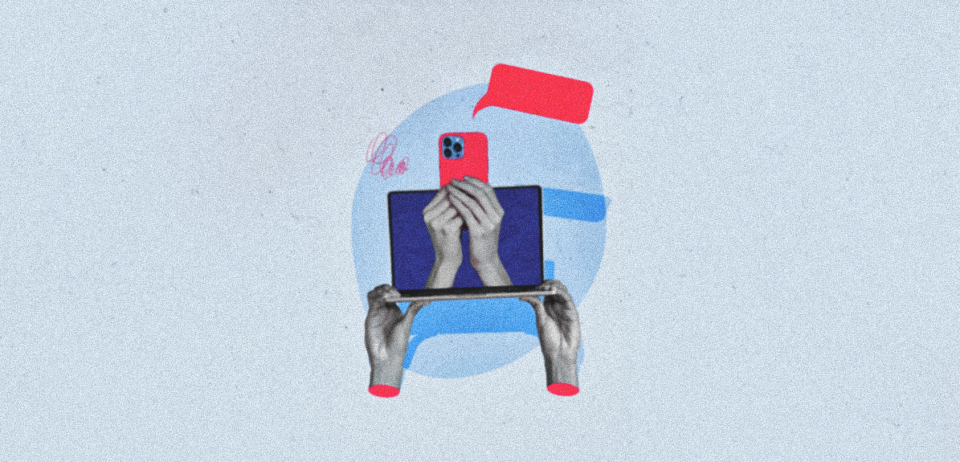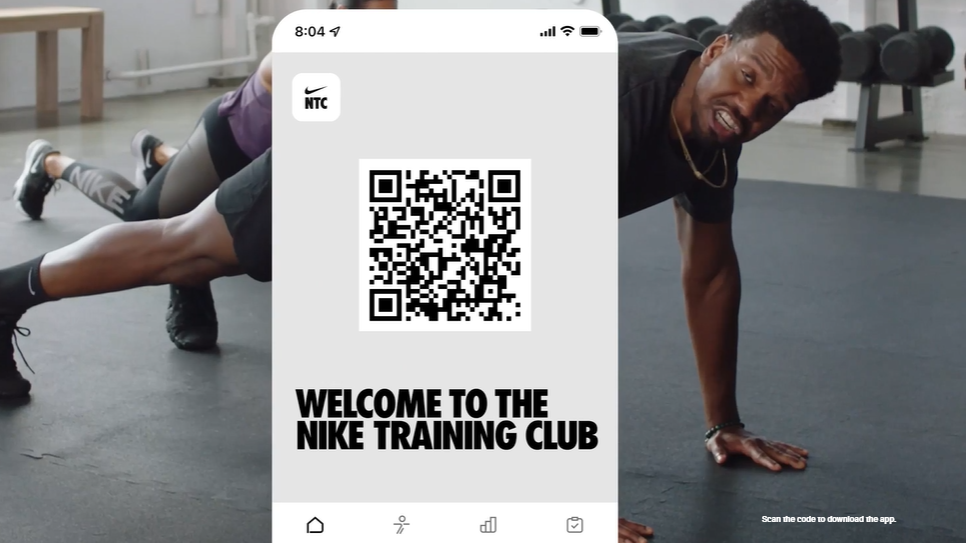
Redesigning for Retention: Why Mobile-First Design Is a CX Game-Changer in 2025
You had them—until your lack of mobile-first design lost them. The scroll stopped. The ad was clicked. They landed on your page, hovered over “Buy Now,” maybe even added something to the cart. And then poof, gone. No goodbye. Just a quiet exit. Why?
Maybe your page took a few seconds too long. Maybe your checkout felt like a maze. Or maybe, just maybe, you forgot one crucial thing: they were on their phone, and your experience wasn’t built for it. Welcome to 2025, where “mobile-friendly” isn’t friendly enough. Mobile is the moment, the mindset, the main screen. If your customer experience doesn’t live, breathe, and tap like your users do, you’re not just missing conversions—you’re missing the point.
Let’s dive into why mobile-first design is your biggest retention tool in 2025—and how to get it right.
Mobile-First design isn’t new, but its urgency is
“Mobile-first design” has been around the block. But let’s be clear: In 2025, it’s not a design trend. It’s survival. Consumers aren’t just using mobile. They’re living on it.
From Gen Z’s TikTok rabbit holes to millennial grocery shopping on the go, everything is touch-first, screen-small, and speed-driven. And if your brand doesn’t match that energy? You’re not just missing out, you’re being left out.
The mobile-first experience is no longer about shrinking desktop websites. It’s about expanding mobile behavior into full-blown ecosystems of convenience, trust, and retention.
The swipe-right standard: What today’s mobile users expect
Let’s step into the mind of your 2025 mobile customer. They’re impatient—anything that takes longer than three seconds to load is already too slow.
They want layouts that are finger-friendly, intuitive, and lightning fast. They’re also fiercely private and increasingly cautious about what they tap “Allow.” Earning their trust isn’t a bonus, it’s a baseline. Your UX has to prove it silently and instantly.
At the same time, they’re juggling a million things at once, scrolling through your site while commuting, comparing deals mid-Reels, bouncing between DMs and your product page. They’re visual-first, too. Dense paragraphs? Forget it. What works is bite-sized content, video previews, crisp icons, and micro interactions that guide without demanding attention.
If your experience doesn’t meet this multitasking, scroll-happy energy, they’ll simply swipe over to someone who does.
From shrink to think: What mobile-first design really means
Mobile-first isn’t about shrinking websites to fit smaller screens—it’s about expanding your thinking to match how people actually use their phones. It’s a mindset shift, not a layout tweak. Design for behavior, not just devices.

- Designing for interruptions: Mobile sessions are fragmented. Your UX should allow users to pause, return, and pick up where they left off—like magic.
- Making navigation invisible: Think sticky menus, intuitive gestures, bottom-tab navigation. If users have to think, you’ve already lost them.
- Personalizing in real-time: Mobile-first means tapping into data (ethically) to serve smarter recommendations, geo-based alerts, and predictive searches that feel like psychic UX.
And here’s the kicker: a mobile-first design doesn’t only benefit mobile. It leads to cleaner, smarter interfaces across all devices.
App or Bust? Not quite.
Here’s the twist—apps may drive loyalty, but in 2025, a mobile-first web experience is just as powerful. It’s no longer about downloads; it’s about delivering instant, seamless value in the browser.
- Progressive Web Apps (PWAs) are bridging the app-web gap.
- Instant experiences on platforms like Instagram and Google don’t need an app download to dazzle.
- SEO favors mobile: Google’s mobile-first indexing means if your site isn’t optimized, your rankings are tanking.
So, no, you don’t need an app, but you do need app-like smoothness on mobile. The first impression often starts on a browser, not an App Store.
Retention is the new acquisition
Here’s the truth no one puts on fancy pitch decks: getting users is easy, keeping them is the real game. In 2025, retention hinges on mastering the three M’s.
First, Moments: those tiny but powerful interactions, like a smooth animation or a perfectly timed nudge, that make users feel seen.
Then, Mobility, because today’s users expect to move between devices and places without ever losing their place.
And finally, Memory: your CX should feel smart enough to remember not just logins, but preferences, saved items, and abandoned carts. These are the small details that build big loyalty.
And where do all these magic moments come together effortlessly? You guessed it—on mobile, where design meets habit, and habit builds retention.
Real talk: Brands who got it right
Some brands aren’t just adopting mobile-first design—they’re mastering it. By building experiences that fit perfectly into everyday routines, they’ve turned casual users into loyal fans.
Nike: Nike’s app goes beyond shopping—it gamifies workouts, personalizes product drops, and syncs with wearables, turning fitness into an engaging daily routine.

Duolingo: With streaks, sound effects, and bite-sized lessons, Duolingo transforms language learning into a fun, addictive mobile habit users return to daily.

Sephora: Sephora’s app uses AR for virtual try-ons, AI for personalized shade matching, and seamless checkout to create a mobile beauty experience that feels tailor-made.

Designing mobile-first? Ask these in 2025:
Before you sketch another wireframe, pause and ask yourself: What does your mobile user really need in that moment? In 2025, good design isn’t just responsive—it’s intentional, intuitive, and built for behavior.
- What’s the one action I want users to take on mobile, and how fast can they get there?
- Can this design survive a shaky network? A one-thumb scroll?
- Does this CX build trust? Visually, verbally, and behaviorally?
- If I strip this down to its core, does it still feel delightful?
Because in a world of distractions, your design doesn’t just need to work—it needs to win attention.
Cut to the chase
Before you sketch another wireframe, ask: What does your mobile user really need in that moment? In 2025, design isn’t just about screens—it’s about intent, trust, and speed. Cut the guesswork. Design with purpose. Start building smarter, mobile-first experiences today. Because in a swipe-first world, relevance isn’t optional—it’s everything.


